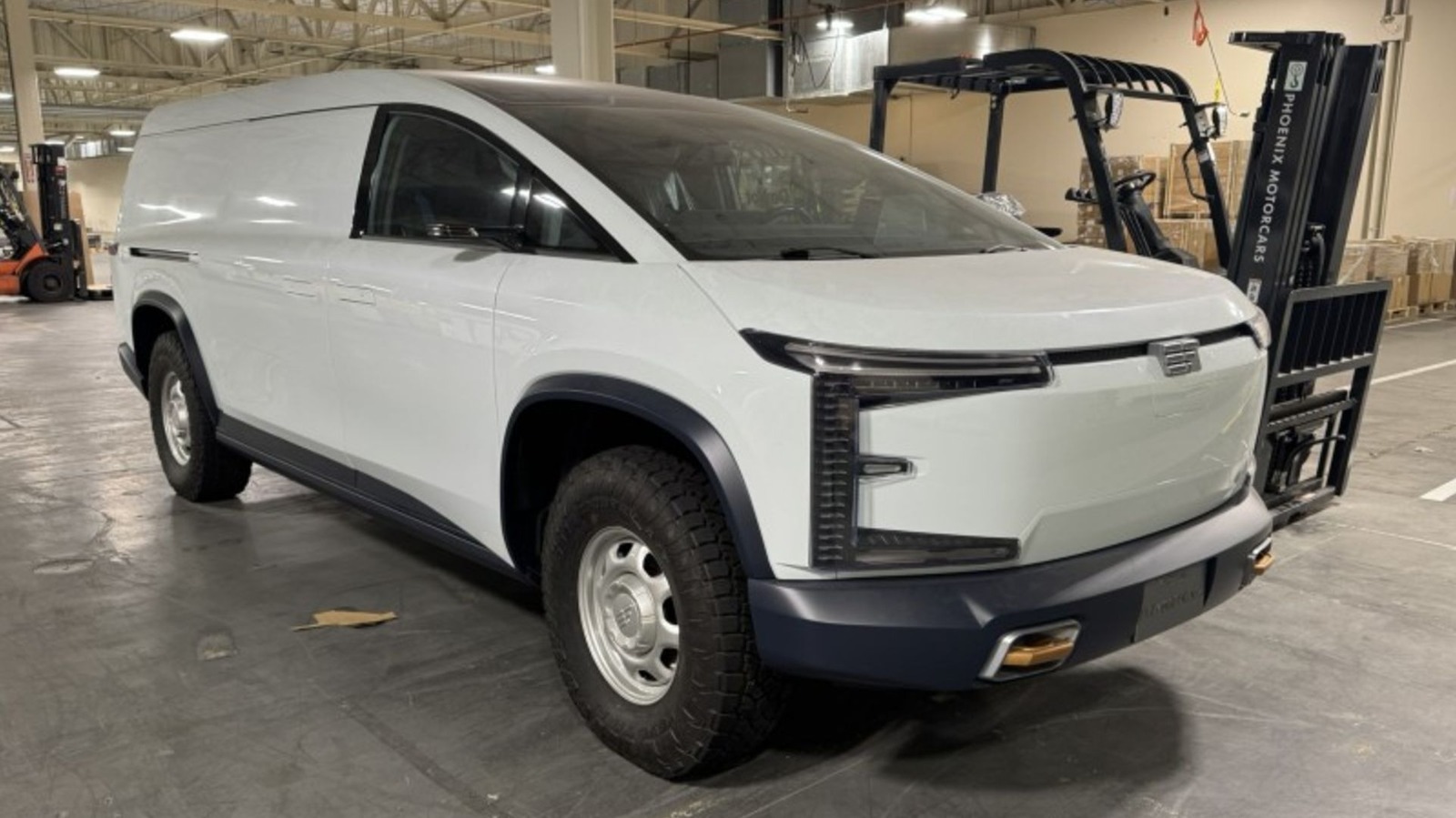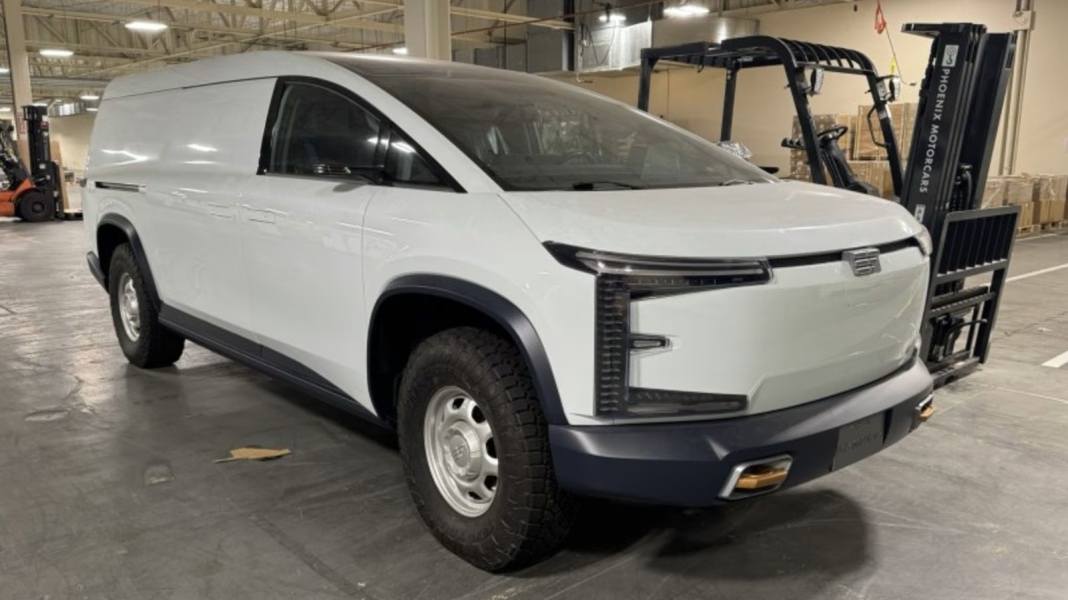What happened to EdisonFuture, and why does it matter?
EdisonFuture, a California-based startup with big dreams of revolutionizing the electric pickup truck market, seems to be bowing out before its journey ever really began. While the company once generated buzz with its futuristic concepts and bold promises, recent developments suggest it’s quietly shutting down operations. For those following the EV (electric vehicle) landscape, this isn’t just another failed startup story—it’s a sign of the times, and a reflection of the broader challenges facing innovators in the US electric vehicle sector.
How did shifting US policies impact EdisonFuture’s fate?
Let’s be real: launching an EV startup in the US right now is like trying to run a marathon with a backpack full of bricks. The policy environment has shifted dramatically in the past couple of years, especially with the federal government’s stance on clean energy and electric vehicles. The Trump administration’s rollback of key EV incentives and emissions standards created a less hospitable climate for new entrants. According to a 2023 report from the International Energy Agency, US EV adoption slowed compared to Europe and China, in part due to inconsistent federal support and regulatory uncertainty.
For EdisonFuture, these headwinds were likely insurmountable. Without robust tax credits, infrastructure investment, or clear regulatory signals, raising capital and attracting partners became a steep uphill battle. Investors are wary when the rules of the game keep changing, and startups like EdisonFuture often find themselves squeezed out before they can even get a prototype on the road.
What made EdisonFuture’s trucks stand out—and what did we lose?
EdisonFuture wasn’t just another Tesla wannabe. Their concept truck, with its distinctive solar roof and modular cargo bed, hinted at a genuinely fresh approach to utility EVs. The company promised features like integrated solar panels to extend range, a flexible interior for work or play, and a design that looked more Blade Runner than F-150. For a brief moment, it seemed like they might carve out a niche among contractors, outdoor enthusiasts, and tech-forward drivers who wanted something different.
But here’s the rub: building a vehicle from scratch is brutally expensive. According to McKinsey & Company, developing a new EV platform can cost upwards of $1 billion, and that’s before you even get to mass production. Without deep pockets or a major backer, even the most innovative ideas can stall out. The loss of EdisonFuture means fewer choices for consumers and one less challenger pushing the industry forward.
Are there lessons for other EV startups?
Absolutely. EdisonFuture’s story is a cautionary tale, but it’s also a learning opportunity. First, timing is everything. Launching a capital-intensive business in a volatile policy environment is risky, especially when government incentives are in flux. Second, differentiation matters—but so does execution. Cool features and wild designs are great, but without a clear path to production and a solid financial runway, even the best ideas can fade away.
There’s also a bigger lesson about the importance of public policy in shaping the future of transportation. Countries like Norway and China have seen explosive EV growth thanks to aggressive incentives, infrastructure investment, and clear long-term goals. In contrast, the US market remains fragmented, with state-level policies often doing the heavy lifting while federal support ebbs and flows.
What’s next for the US electric truck market?
Even with EdisonFuture’s exit, the electric truck space is still heating up. Legacy automakers like Ford and GM are rolling out their own electric pickups, and startups such as Rivian are making waves with well-funded launches and production ramp-ups. The demand is there—Cox Automotive reported that US EV sales hit a record high in 2023, with pickups like the Ford F-150 Lightning leading the charge.
Still, the market is far from settled. Supply chain challenges, battery costs, and the need for more charging infrastructure remain major hurdles. And as EdisonFuture’s story shows, policy stability is crucial for nurturing innovation and competition.
The big takeaway? Breaking into the EV market isn’t about perfection—it’s about smarter adjustments. Start with one change this week, and you’ll likely spot the difference by month’s end. Whether you’re an entrepreneur, a policymaker, or just an EV enthusiast, the lesson is clear: stay nimble, keep learning, and don’t be afraid to rethink your approach when the road gets bumpy.


